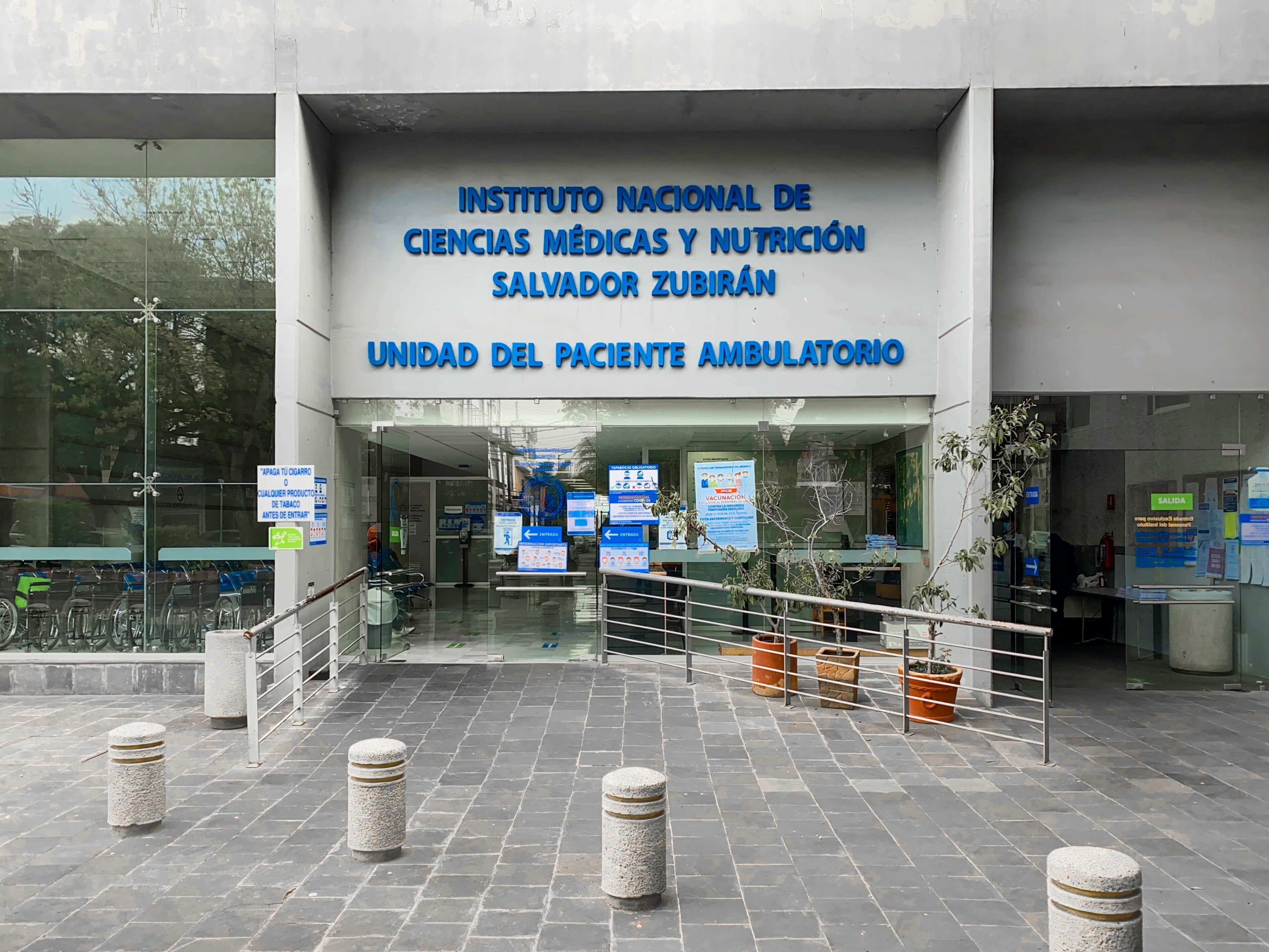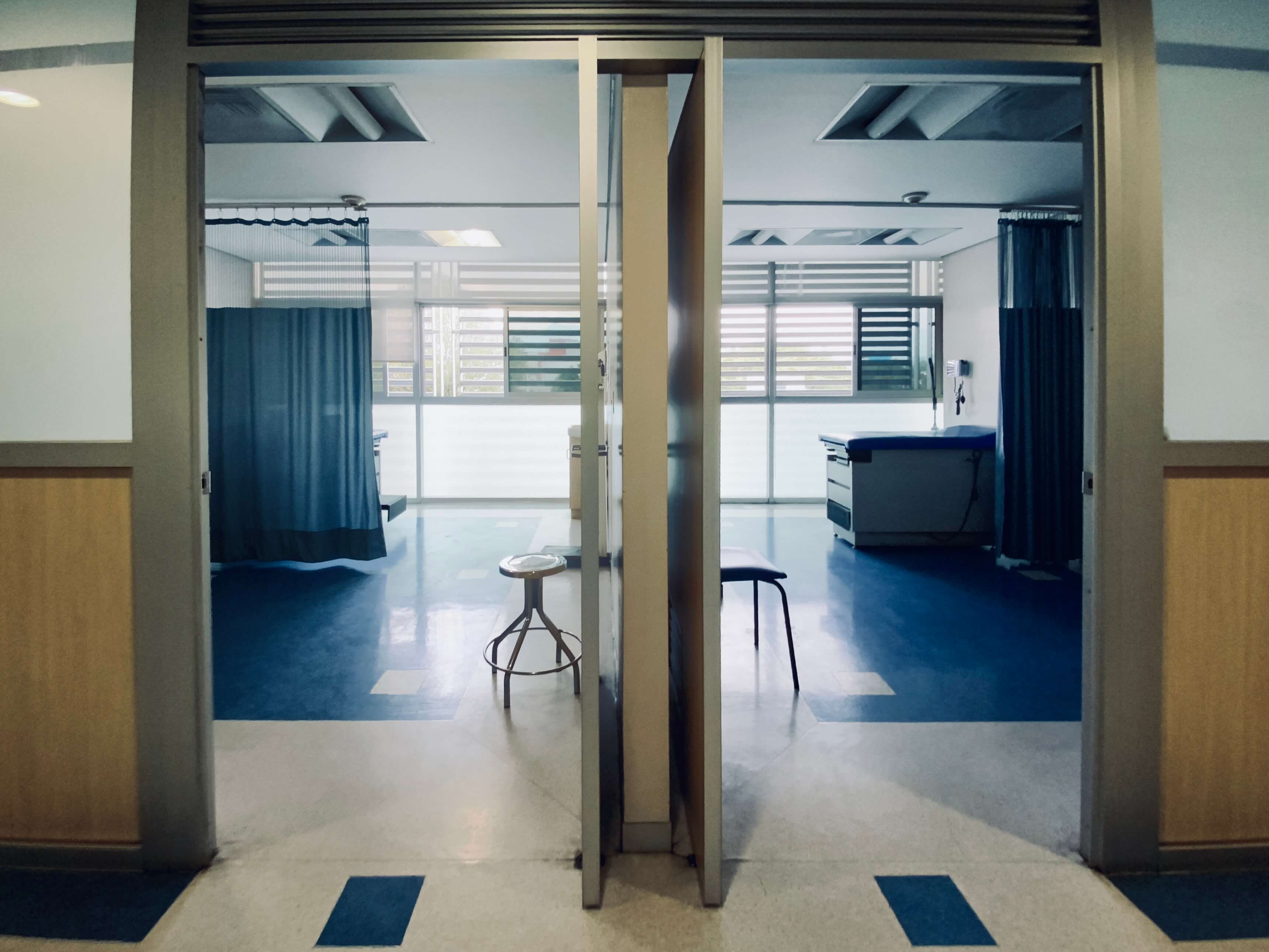
Christian Carlos. Pen 360 Press [P360].
Today, it has been 40 days since I had the opportunity to participate in phase 3 of the studies of the Ad5-nCoV vaccine, developed by the Chinese laboratory CanSino Biologics Inc., and whose trials were carried out in several countries: Argentina, Chile, Pakistan, the United Arab Emirates and Mexico. According to the most restrictive specifications, in theory, the deadline has been met for my body to have generated immunity to SARS-CoV-2, the new coronavirus that causes the COVID-19 disease, whose origin is believed to have been found in a market for wild species for human consumption in the central city of Wuhan, China and that 329 days after the World Health Organization declared a pandemic situation, it is estimated that it is a disease that has affected 1.5 percent of the world's population.
50/50

